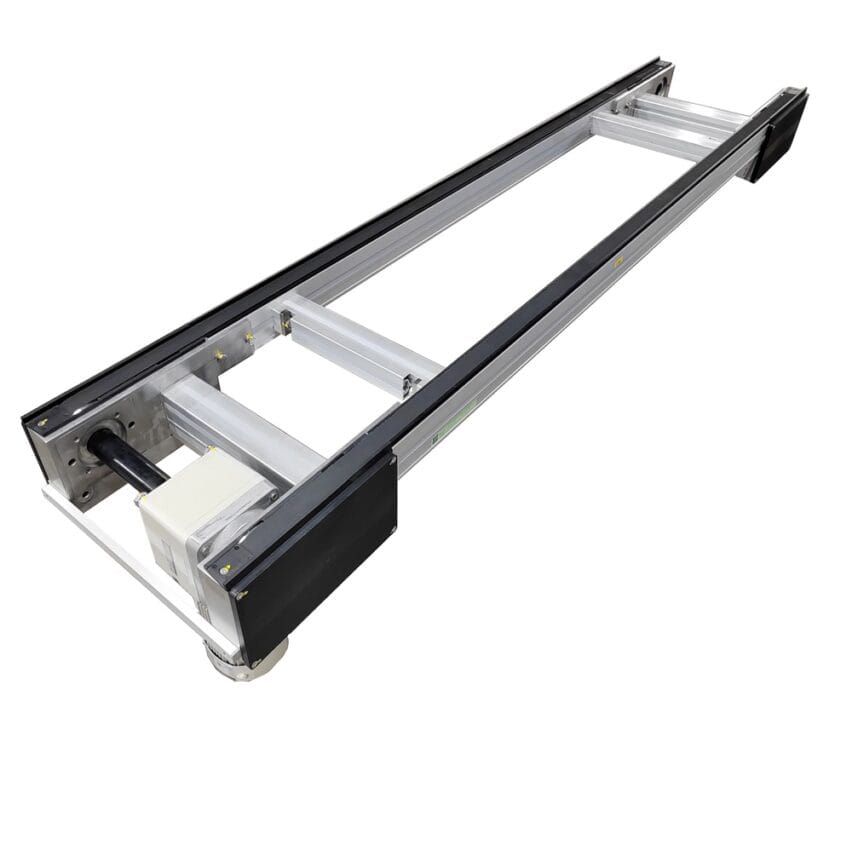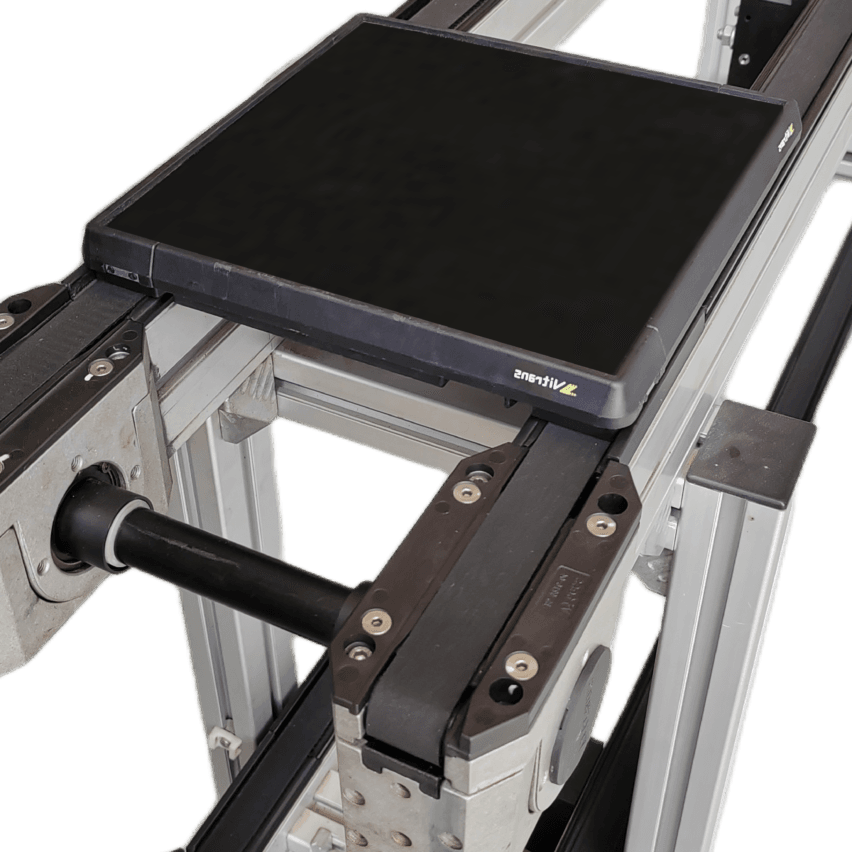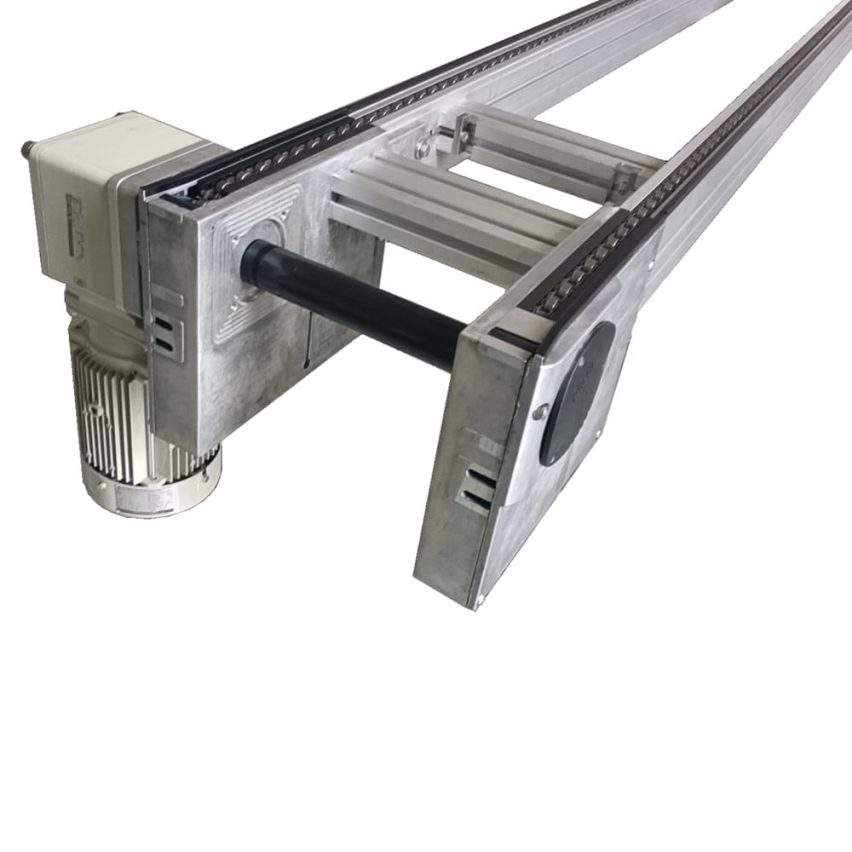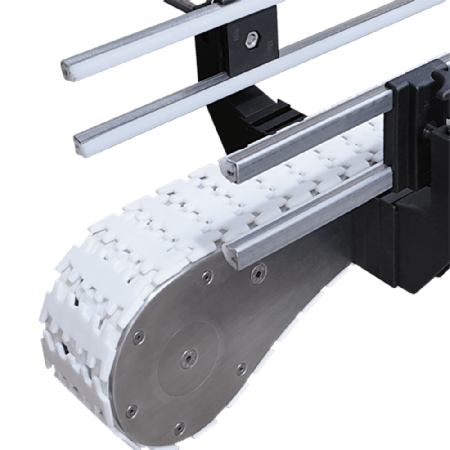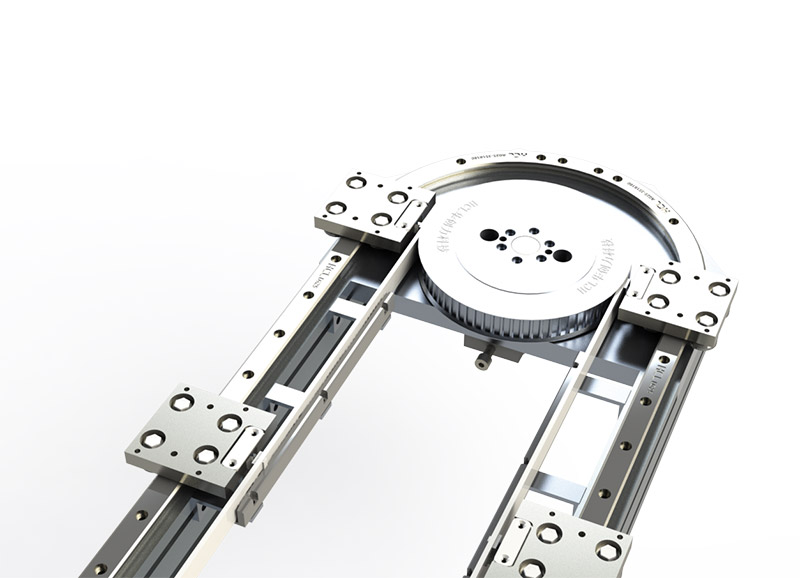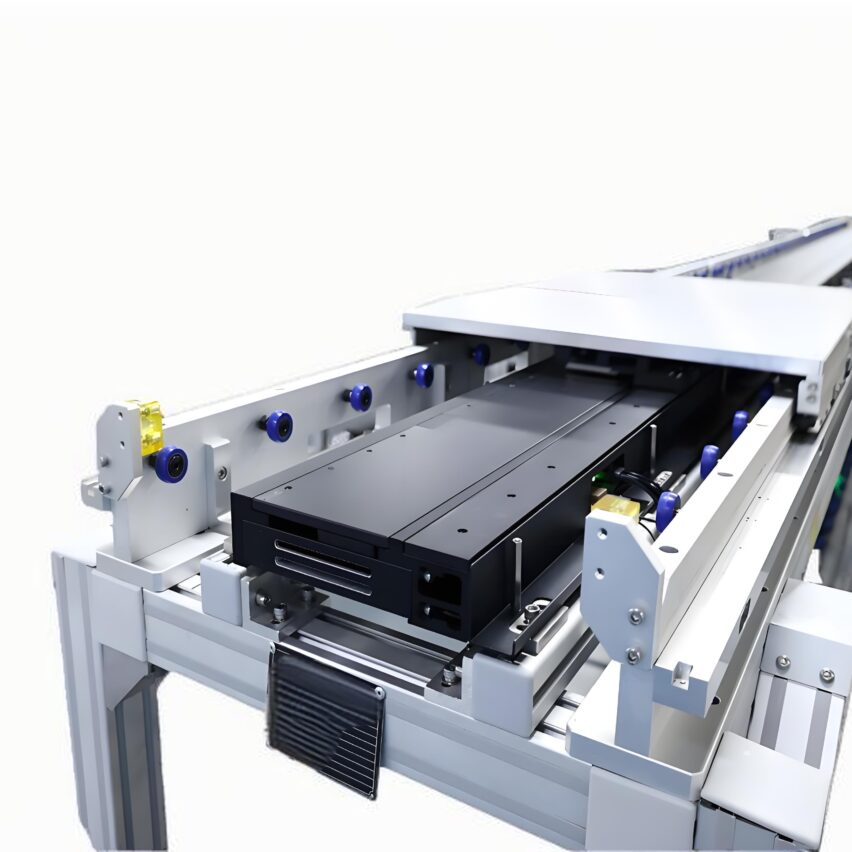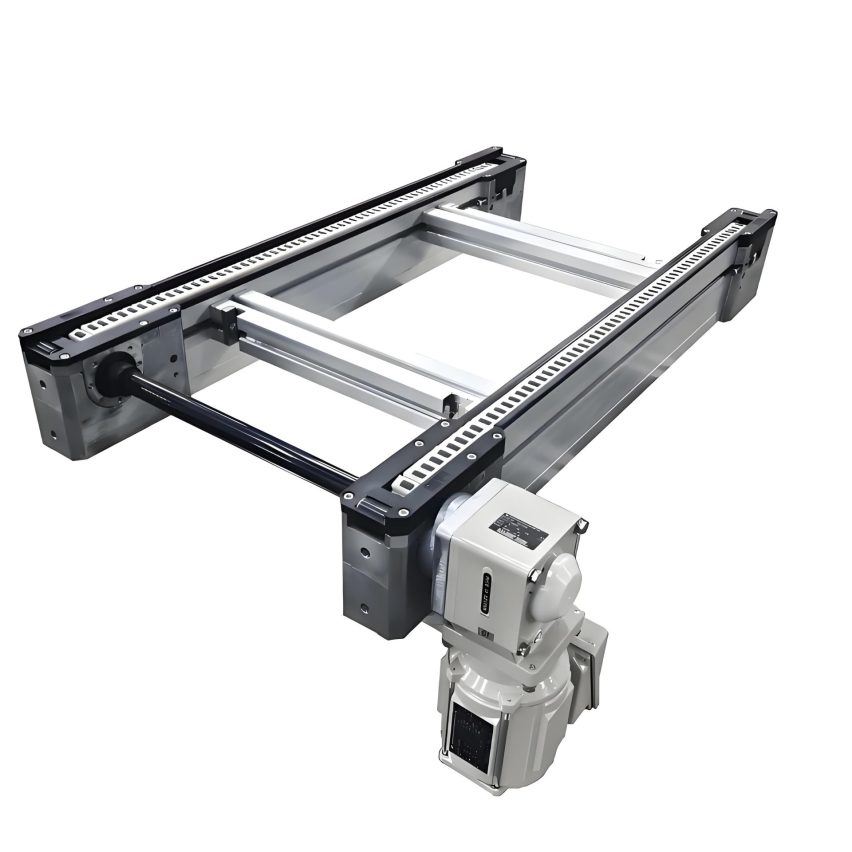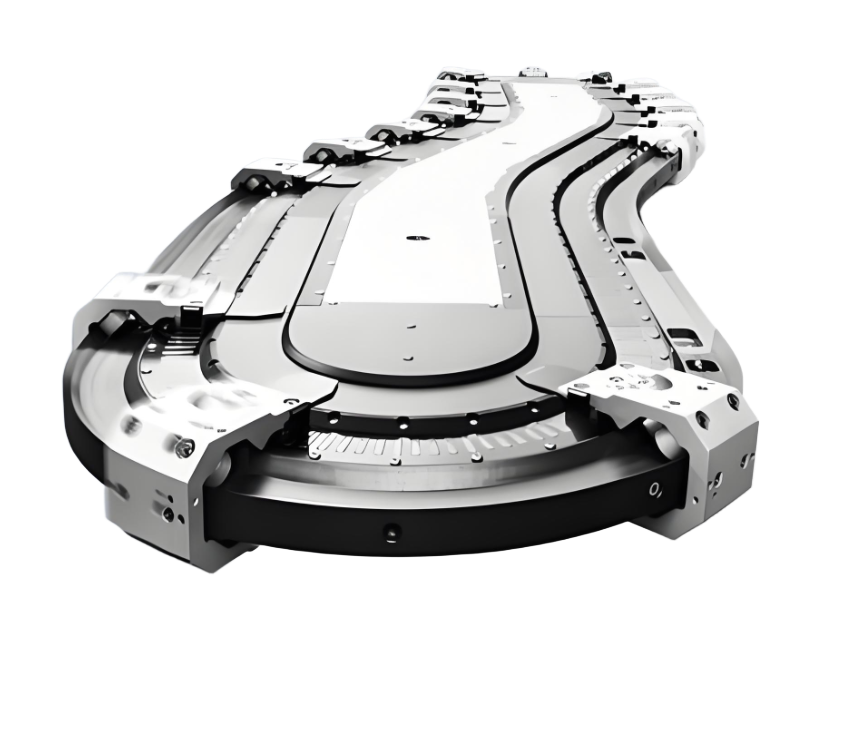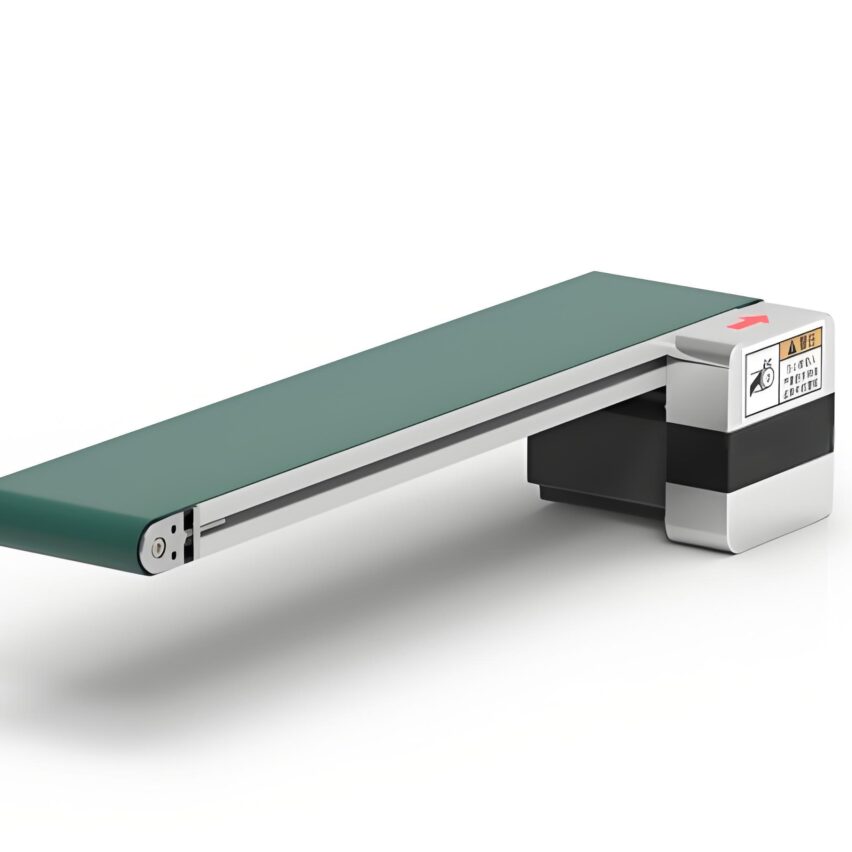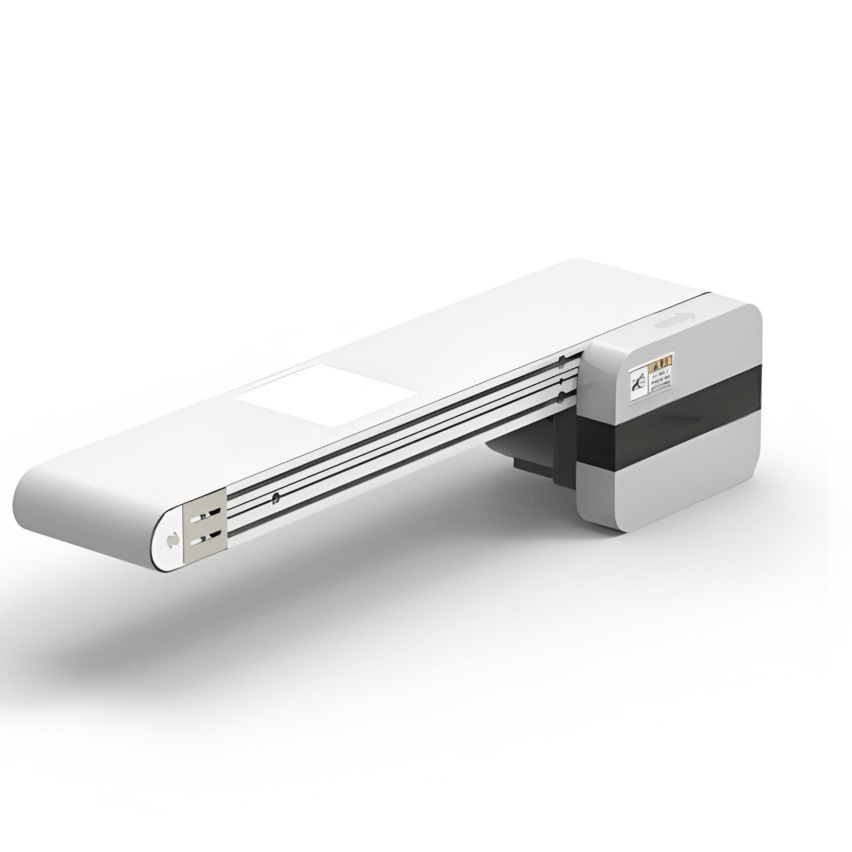"Why does a work plate run three times faster than a chain? Is this thing equipped with an accelerator?" --I used to wonder about that when I first got into the business! Let's break it down today.How exactly does the 3x speed of the multiplier chain come aboutIt's a great way to make sure you understand what's going on!
I. The core secret: the roller is one turn larger than the roller
The speed of the chain is increased by the "height difference" between the roller and the roller.! Simply put:
- Roller (small): The diameter is calleddThe chain is pressed directly onto the guide rail and crawls forward with the chain.
- Roller (big guy): The diameter is calledDThe frame is on top of the rollers and runs against the work plate.
Here comes the key.When the roller diameter D is twice the roller diameter d (D=2d), the speed of the work plate soars directly to three times the speed of the chain!For example, if the chain climbs 0.5 metres per second, the work plate will punch out 1.5 metres!
give me a chestnut: It's like stepping on a pinwheel when you're walking - move your foot (chain) one step, the pinwheel (roller) makes two more revolutions, and whoosh, it pushes you a long way forward!
II. The mathematical truth about 3x speed: the speed superposition formula
Want to know how 3x speed is calculated? Look at this formula:
Plate speed V = chain speed V₁ × (1 + D/d)
When D = 2d:
V = V₁ × (1+2) = 3V₁
(Chain climb 1 metre, work plate punch 3 metres!)
But in reality it will be discounted! Why?friction lossrespond in singingsliding errorIt will bring the actual speed down to about 2.7x. It's like when you're cycling up a hill, and you can theoretically pedal 20km/h, but in reality you're only panting at 18km/h...
Structural Anatomy: The "Sandwich" Design of the Speed Chain
Taking apart a multiplier chain hides a six-layer structure (pictured):
| parts | makings | functionality |
|---|---|---|
| track roller | Engineering plastics/steel | Running against the work plate, the larger the diameter D, the faster the speed |
| rollers | Engineering plastics/steel | The "foot" of the chain, the smaller the diameter d, the stronger the acceleration. |
| a tube for wrapping | steel (bar, screw, product etc) | Reduces pin friction and protects the core |
| Internal and external chain plates | steel (bar, screw, product etc) | Connect all the parts in series, like a spine |
| a pin | steel (bar, screw, product etc) | Threading up the chain plate to withstand tensile forces |
Highlights!Rollers and rollers mustrigid connection--Like two people running a race with their legs tied together, the steps have to be the same or the speed stack falls apart.
Fourth, the newbie must pit guide: 3 times the speed is not everything!
Many white people think "3x speed = high efficiency" and end up stepping into a hole...see the real lesson:
Scenario 1: Hard on 3x in an electronics factory
A mobile phone assembly line was forced to open 20 metres per minute, resulting in precision capacitors were all shifted--Yield rate plummets 20%! It was later reduced to 12m/min to fix it.
Scenario 2: The car factory chooses the wrong material
Pulling 500kg engine with nylon rollers? As a result, the load exceeded 30% and the roller was deformed.Failure rate spikes 50%! Hurry up and switch to steel rollers.
summary in tears::
- Light load high speed option 3x (e.g. mobile phone cases, packaging boxes)
- Select 2.5x speed for heavy-duty medium-speed (e.g. engine, air-conditioning compressor)
- Use stainless steel chain for humid environment, choose hardened alloy steel chain for high temperature workshop!
V. Self-questioning: the 3 questions that whites scratch their heads the most
Q1: Why is the 3x chain I bought actually only 2.5x?
-80%.The rails aren't levelled.! Straightness deviation > 1mm/m will stall and lose speed. It's like a sports car driving a pothole road, you can't make it even if you have the power.
Q2:What should I do if the work plate is always slipping?
Two solutions:
- with anti-slip mat: Silicone gaskets at the lowest cost
- Change scroll wheel texture: Diamond pattern coefficient of friction enhancement 40%, but don't be too rough! Otherwise wear the work plate
Q3: I want to test the board with electricity, can the chain be energised?
It is important to plan ahead!Conductive Wheel + Sliding Contact WireIt's standard (as pictured). A factory didn't reserve the circuit and spent an extra $100,000 on a later modification...
Editor's view
After ten years of automation, I've foundThree favourite places for newbies to roll over::
- Blindly chasing high multipliers--Not all production lines are suitable for 3x speed! Heavy loads go hard at high speeds and equipment crashes on you.
- Ignoring no-load resistance--Motor power don't just count cargo weight! Chain idle friction can account for 30% load, some factory burns motors to understand this.
- Gullibility of theoretical parameters--Deadbeat suppliers before buying equipment1.2x load test videoIt's more reliable than any manual!
Remember, the multiplier chain is not metaphysics, it's theThe roller is bullying the roller for being short.The physics game. Figure out how it works + avoid the pitfalls, and you too can play this "acceleration belt"!

